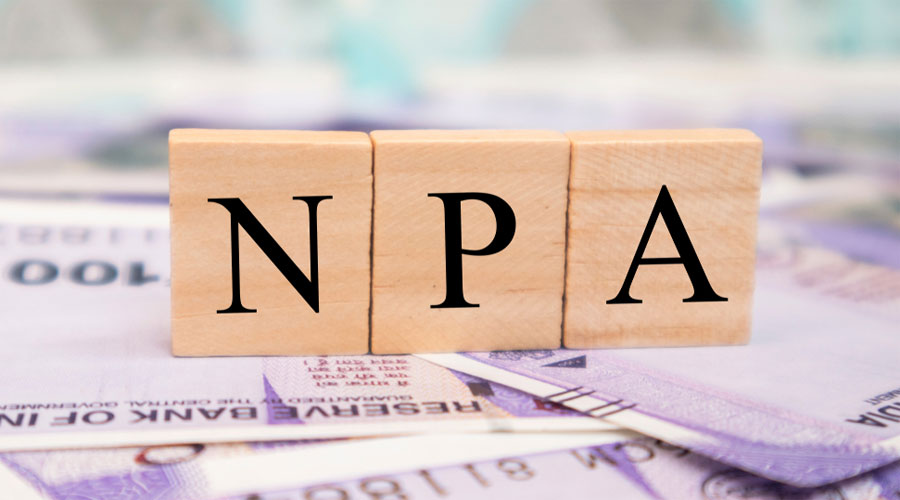The spectre of bad loans, which haunted the banking industry after the two distinct waves of the pandemic since March 2020, has started to vaporise and has become less of a threat today, bringing a sense of relief to the boardrooms in the financial sector.
Most of the banks that have declared their second quarter results have seen a sequential reduction in their non-performing accounts (NPAs) and slippages in addition to improvement in some of the other parameters such as recoveries and upgrades.
The claw back in fortunes — driven by improved loan recoveries — is riding a resurgence in economic activity and the steady decline in the number of Covid-19 cases .
Further, the two loan restructuring schemes announced by the RBI last year have prevented a spike in non-performing assets.
Bankers now suggest that if the current trend continues, their asset quality will improve further in the second half which could result in a lower ratio of defaults at the end of this fiscal.
Concerns have also abated with regard to the retail portfolio which had shown an uptick (in stressed loans) during the April-June period on account of the second wave. The positive outlook has brightened prospects at both private and public sector banks.
Canara Bank, for instance, expects its gross NPA ratio to fall to 7.5 per cent in 2021-22 from the current level of 8.42 per cent — and 8.93 per cent in 2020-21— due to better recoveries.
Though the PSU lender saw its fresh slippages inching up to Rs 6,525 crore (of which almost half came from two Srei group companies) from Rs 4,253 crore in the preceding three months, this was made up by its cash recoveries which surged to over Rs 3,000 crore from Rs 1,600 crore during the same period.
The bank also upgraded loans worth Rs 2,671 crore, leading to a situation where recoveries and upgradations exceeded slippages.
The country’s largest lender-State Bank of India (SBI) also reported a sharp improvement in its asset quality with fresh slippages sliding 73 per cent from the preceding quarter to Rs 4,176 crore. Recoveries and upgradation also improved to Rs 7,407 crore from Rs 4,969 crore in the first quarter.
State Bank of India chairman Dinesh Khara said while there were defaults on the retail side during the first quarter, the lender was able to pull it back during the July-September quarter.
Moreover, its collection efficiency now stands at 95 per cent as mobility has improved with the decline in Covid cases.
“There could be a further drop in slippages during the second half, though a possible third wave could turn out to be a spoiler. The restructured book is also not much of a worry since they have been well provided for.
“Therefore, given the current conditions, we do not anticipate any major shocks on the asset quality front,” a senior official from a PSU bank said.
Axis Bank, which saw its gross NPAs falling to a 20-quarter low, is also optimistic. At a conference call with analysts after the second quarter results, its top management said the second half of the fiscal could see lower net NPA additions as compared with the April-September 2021 period, given its focus on collections.
During July-September 2021, its recoveries from written off retail accounts was 64 per cent higher than in the preceding three months.
In July, the financial stability report of the Reserve Bank of India (RBI) projected that gross non-performing assets (GNPA) ratio of scheduled commercial banks may increase from 7.48 per cent in March 2021 to 9.80 per cent by March 2022 under the baseline scenario and to 11.22 per cent under a severe stress scenario. During the year ended March 31, 2020, the GNPA ratio of banks stood at 8.4 per cent.
While it remains to be seen if the current trend leads to a moderation in these numbers, some of the experts feel that the MSME portfolio could pose a challenge. In a recent report, rating agency Crisil said gross NPAs of banks will rise to 8-9 per cent this fiscal, well below the peak of 11.2 per cent seen at the end of fiscal 2018.
It added that stressed assets in the retail segment will rise to 4-5 per cent by the end of the fiscal from around 3 per cent last year largely due unsecured loans.
Despite benefiting enormously from schemes like ECLGS, the micro, medium and small enterprises (MSME) segment may witness a deterioration in asset quality and may be in need of restructuring to manage cash-flow challenges.










